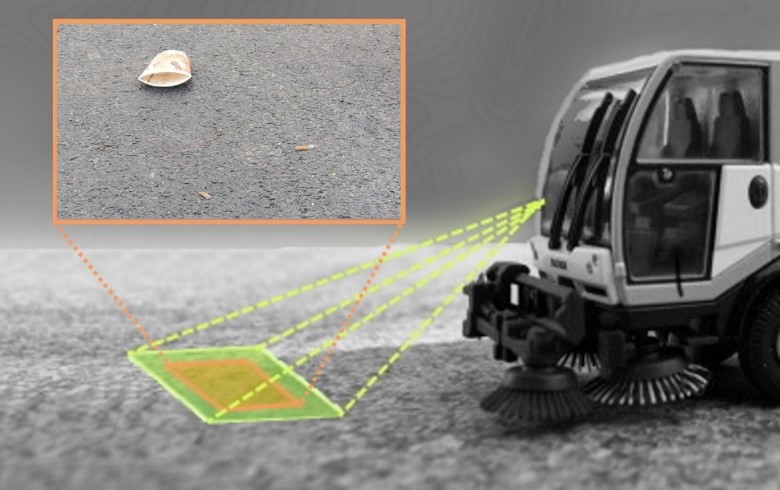Cigarette butts are a real nuisance. No community or city does not complain about it; be it in the parks, on the sidewalks, or on beaches. They are visually unsightly, but what weighs even heavier, they are particularly harmful to the environment.
Cigarette butts collect toxic substances such as arsenic, lead, copper, chromium, cadmium, formaldehyde, polycyclic aromatic hydrocarbons, nicotine, and tens of others. It can take up to 10 years or more for a cigarette butt to decompose completely.
The problem has now also reached the EU. There is already an EU directive (2019/904) on the reduction of the impact of certain plastic products on the environment [1]. Cigarette butts are among the so-called “Top 10 Litter Items,” i.e., the ten most frequently found waste objects.
As measures, EU countries must implement labeling requirements, extended producer responsibility, and awareness-raising measures for tobacco products with filters and filters marketed for use in combination with tobacco products (e.g., IQOS) by July 2021. In addition, manufacturers will have to contribute to the costs of educational work and cleaning measures in the future (More info: Single-use plastic: EU states give the green light for new rules) [2].
Pilot project: “Litter Detection” – Targeted litter detection in real-time with artificial intelligence
To get an overview of how many cigarette butts there are and where exactly they are, we collaborated with FES (Frankfurter Entsorgungs- und Service GmbH) and sauber.io to try to detect cigarette butts on the street in real-time, determine their position, and finally count them with the help of an intelligent camera system (computer vision) that is operated on-premise (locally) on an edge device. With this innovative and forward-looking approach, FES has created the possibility to specifically detect and map cigarette butts, which are particularly harmful to the environment, in real-time to be able to remove them as quickly as possible. Furthermore, this approach (data generation) also enables an automated and more detailed overview of the type and number of litter in the respective city districts. This approach can generate robust data on cigarette butts (this data is essential to hold the tobacco industry and manufacturers accountable). The identification of hotspots is also of particular importance to be able to act proactively in the future. Possibly, the emergence of hotspots can already be counteracted.
It is foreseen that the intelligent camera system will be permanently attached to the sweepers as a permanent companion in the future. The initial results are promising and are a significant step towards a more intelligent delivery of the FES service to a cleaner city. The automated identification of other categories of waste is already being planned.
Some impressions:

A short video about the “Litter Detection” project:
Technical background information:
The main task of AISOMA AG in this pilot project was the data generation, annotation, and the creation of the AI model for the identification of cigarette butts. Achieving a high hit rate and, at the same time, a high performance (on an edge device) was a particular challenge. For one thing, the cigarette butts to be identified were tiny, the backgrounds were different, the lighting conditions were constantly changing, and the sweeper was vibrating while driving or sweeping. In addition, there are also similar objects that may look like cigarette butts, such as pieces of branches, leaf debris, etc.
Info about model training and validation with different resolution
Comparison table model performance Xavier NX vs. Jetson Nano with different wattage and resolution
Do you have any further questions about our solution?
Please write us a message via the contact form.
We will get back to you as soon as possible.
or directly
Contact person:
Murat Durmus
murat.durmus [at] aisoma.de
Tel: +49 69 257375160
Sources:
[1] Directive (EU) 2019/904 of the European Parliament and of the Council of 5 June 2019 on the reduction of the impact of certain plastic products on the environment (Text with EEA relevance): EUR-Lex – 32019L0904 – EN – EUR-Lex (europa.eu)
[2] Single-use plastics: EU states give green light to new rules: Single-use plastics: Einwegplastik: EU-Staaten geben grünes Licht für neue Regeln | Deutschland (europa.eu)